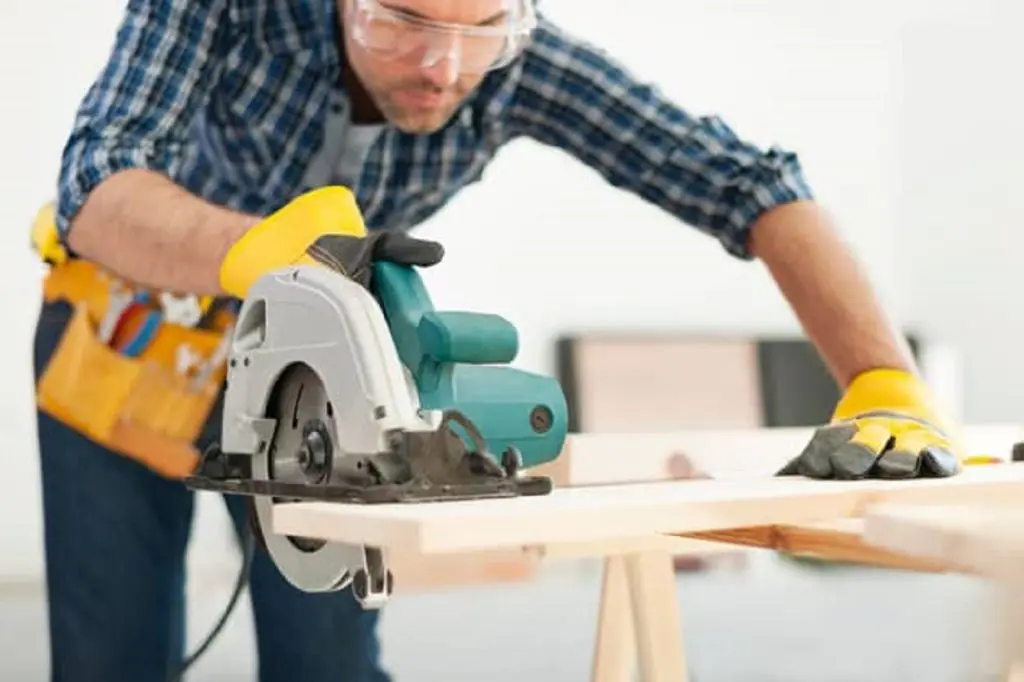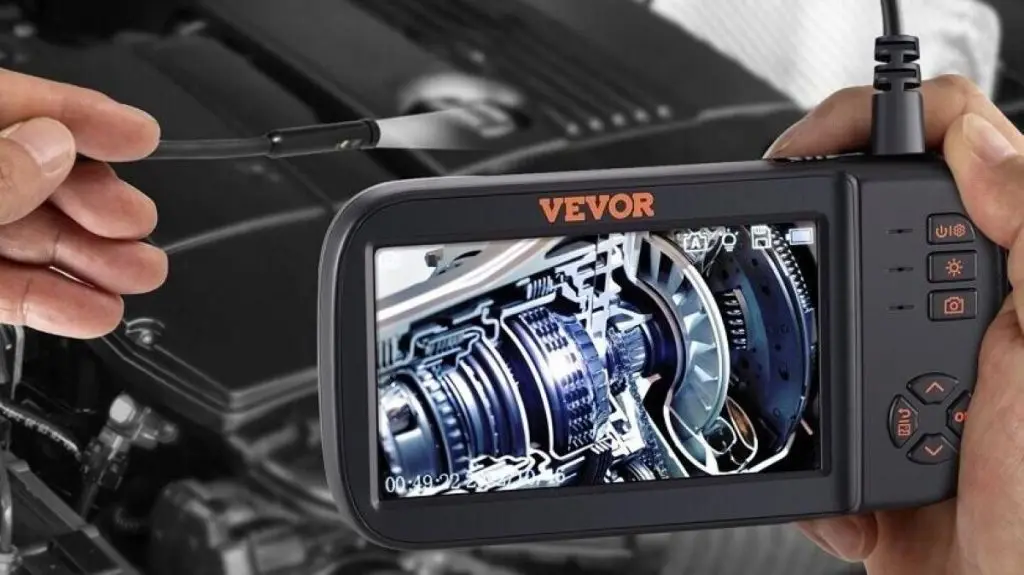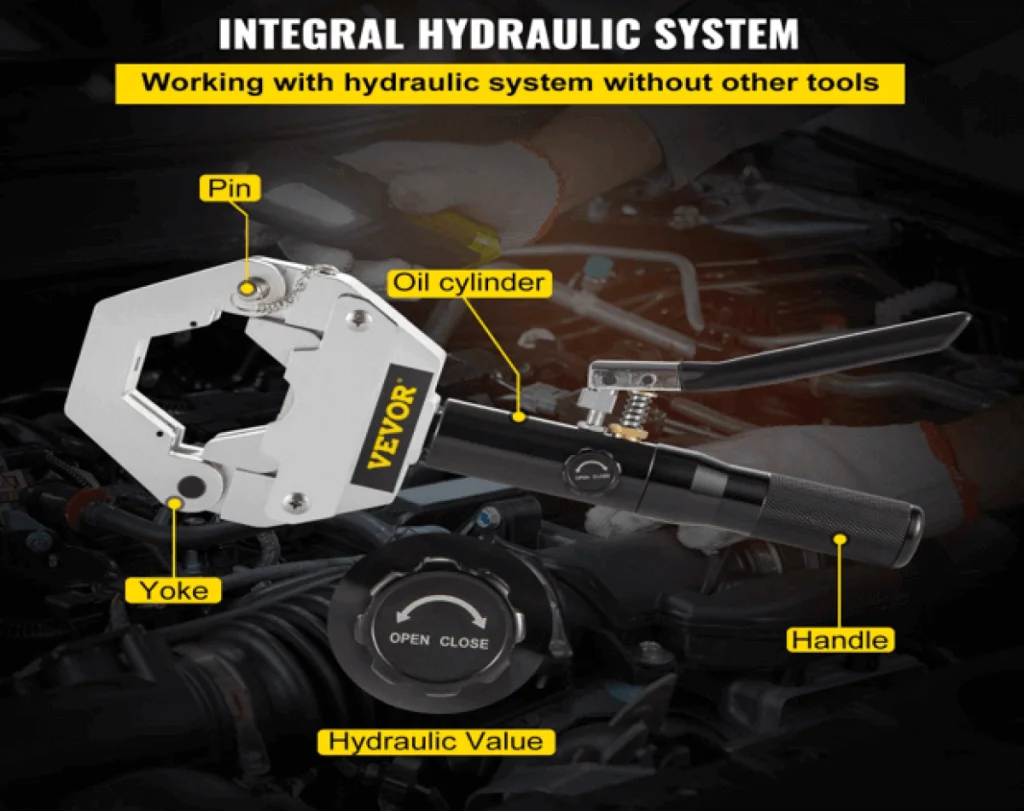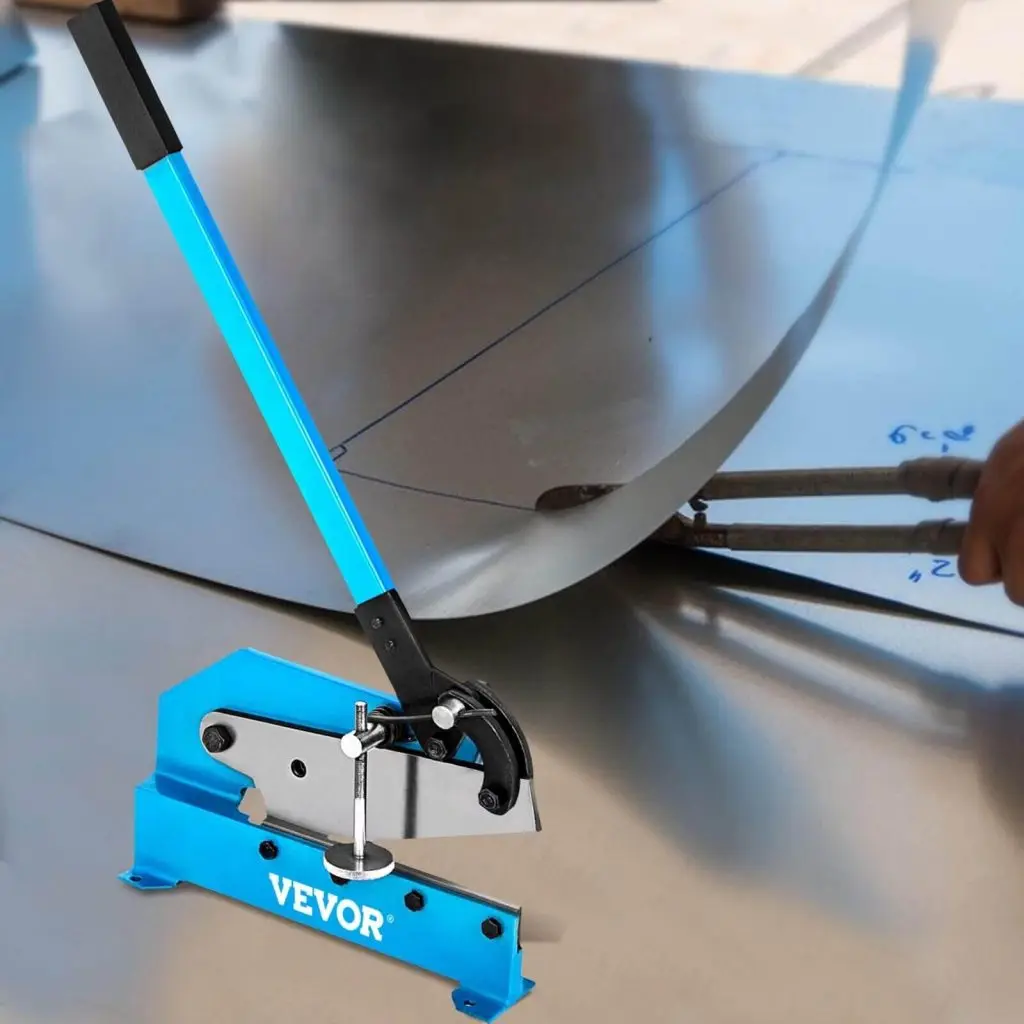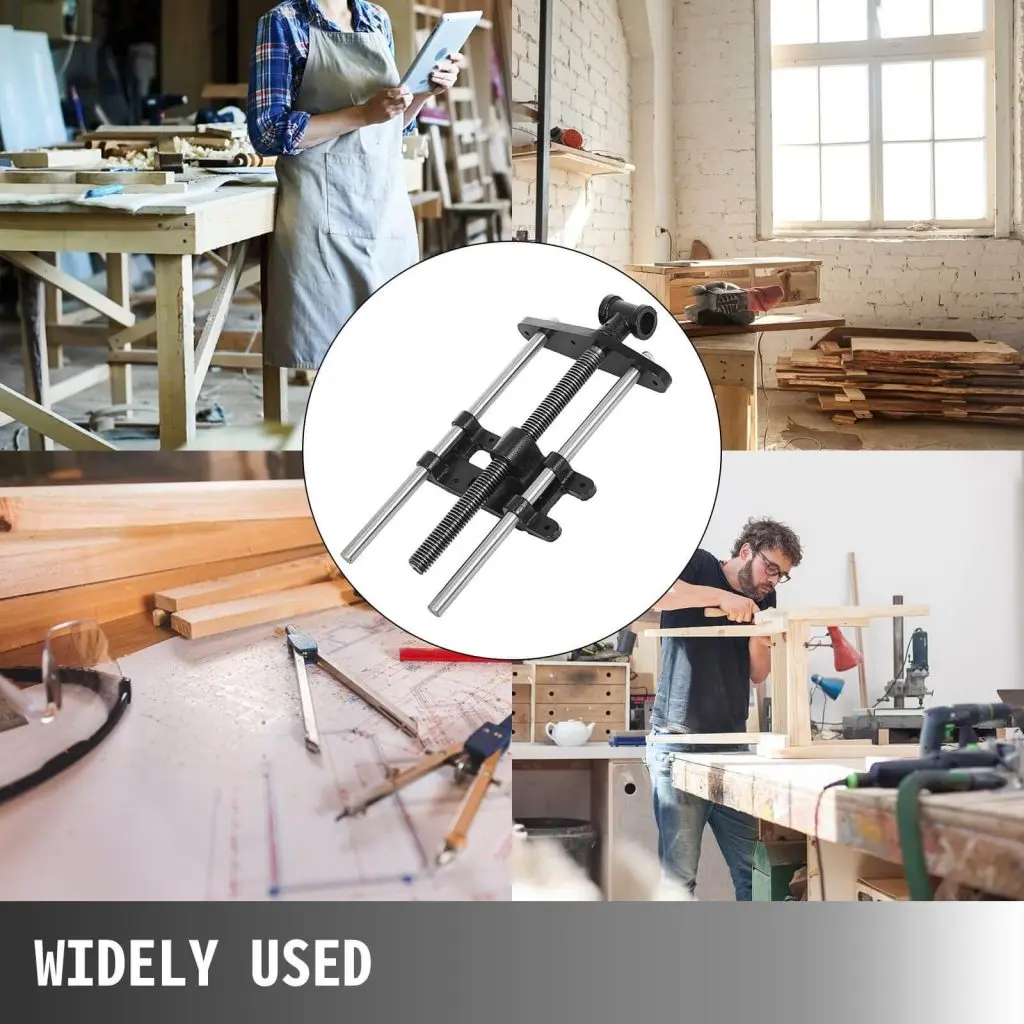| Power Saw Type | Price Range |
| Table saw | $300-$1200 |
| Circular saw | $400-$1000 |
| Jigsaw | $30-$200 |
| Reciprocating saw | $70-$130 |
| Mitre saw | $200-$600 |
Power saws are one of the most important tools in DIY. These tools are specially designed to cut and shape various materials such as metal, wood, ceramic, and glass. Apart from DIY, power saws can also be used in the fabrication, building, carpentry, and construction industry. Primarily, power saws are hand-held tools and can be used in combination with other power tools or hand tools. There are different power saws that are designed for different cutting purposes. When choosing a power Saw, factors such as what project you intend to use it for and your experience in handling power saws.
If you have a DIY project that involves wood or metal, then you definitely need power to make your project seamless. But what type of power saw do you need? In this guide, you will learn everything you need to know about power saws, their types, uses, and safety tips on how to handle power saws to avoid hazards.
Before we delve into the different types of power saws available, let’s discuss what power saws are and how their saw teeth work.
Table of contents
What Are Power Saws and How Do the Saw Teeth Work?
Power saws are cutting tools powered by either electricity, rechargeable batteries, or gas motors. Power saws are designed to come from a wide range of materials such as wood, metals, plastic, ceramics, and other materials and can be either portable and mobile, or stationary. This tool is made up of sturdy blades, wire, a set of teeth, a chain, and others. Power saws are designed to make smooth and precise cuts and make work easy and efficient, helping you to finish your work in a timely manner compared to when you are using a manual hand saw.
power saws are fast and durable, but how do the saw teeth work? When a power saw is cut, this is done with the tips of the saw tooth that combine to create two parallel cutting lines into the material. In order to achieve this, the teeth are bent so they face outward and away from the blade; meaning each tool is in the opposite direction to the other one. The power saw teeth create a cut wide enough to prevent the saw from getting stuck while you cut.
With a clear understanding of power saws and how their saw teeth work, let’s proceed to the types of power saws you should know.
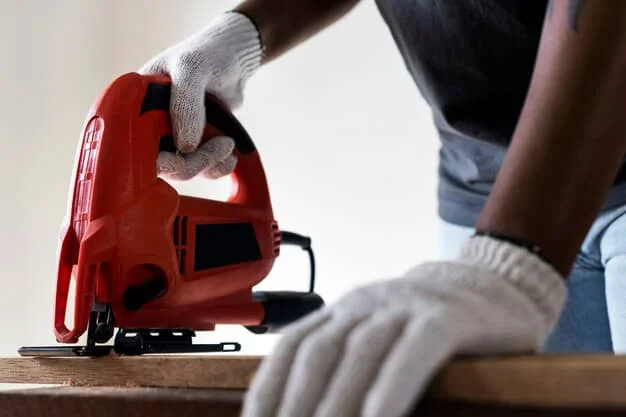
Power Saw Types You Should Know
There are different power saw types and each power saw serves a distinct purpose and is designed to work better on specific materials. This means a particular power saw can fit better for a party project compared to another type of power saw. Power saws also come with different types of accessories, and these accessories, which are available on VEVOR, can determine what kind of materials you can use to cut or what project the saw is suitable for.
Now we’re getting to the main part, but first, let’s explore the kinds of power saws you should know. Let’s begin with the circular saw.
Circular Saw
For straight cuts and versatile applications
This saw has a blade with is circular and that’s where its name comes from. When using this saw, the circular blade spins at a high speed and the user guides it down to cut the material which has to be held firmly underneath the power saw. These saws are renowned for their straight and seamless cuts and their versatility. They are also relatively lightweight, making them easy to carry and move around to different places without stress. Circular saws can be used for various DIY projects that involve cutting. The saw is also designed to be used with different types of blades, which means they can be used to cut a wide range of materials such as wood, plastic, ceramics, metal, and more.
Circular saw is a relatively mobile tool, but let’s move on to an even more mobile saw.
Jigsaw
For detailed cuts and curves
A jigsaw is designed to make either curved or straight cuts. This power saw is hand held and I’d equipped with a blade that points downward and is guided by an upper handle. Jigsaws can either be corded or cordless. They are portable, lightweight, and easy to carry or handle. They also do not make a lot of noise when in use and can be used to cut patterns in different materials. Jigsaws can also be used with different blades which can make it suitable for cutting materials such as metals, ceramics, wood, and others.
While a jigsaw is perfect for making detailed cuts and curves, the next power saw we’d be discussing is perfect for rough cuts.
Reciprocating Saw
For rough and powerful cuts, pruning, and demolition works
A reciprocating saw is a power saw that has a blade that can pushed and pulled back and forth to create a sawing motion that cuts materials seamlessly. Reciprocating saws come in both cordless and corded types. They are usually powered by gasoline or electricity and have a speed setting that allows you to adjust their speed to suit the material you are cutting. This saw is also equipped with an orbital action feature which created an oscillating effect during use. The saw is perfect for making rough and powerful cuts on hard materials.
Reciprocating saws are your best bet when you want to make rough-cut tough materials, but what saw is the best if you want to cut through wide boards? That’s the saw we’ll be looking at next.
Table Saw
For stability and cutting through wide boards
Unlike other saws we’ve discussed so far, tables saws we designed with circular rotating blades that spring upwards out of a table to deliver cuts in your material. This is almost the opposite of the way a circular saw works. A table saw remains static when in use, and you need to push your materials onto the saw’s blade. Table saws are designed with blades that can be adjusted to your cutting needs. You can also replace the blade with a metal blade or masonry blade depending on the type of materials you intend to cut. However, unlike other power saws, a table saw requires training before use due to its technical nature and the potential hazards it can cause.
To take us further in this guide, last but not least our list of power saws is discussed below:
Mitre Saw
For angled cuts and projects with more angles like picture frames
Mitre saws have round blades that are pulled downwards to cut the materials. These saws are the best saws for precise angled cuts in materials. You can set your meter saw to a custom set to make any angle cut of your choice. They are also perfect for molding, or cutting trims in materials.
We’ve discussed five different types of power saws, however, each of these saws is better at cutting different specific materials. This is what we’ll be discussing next.
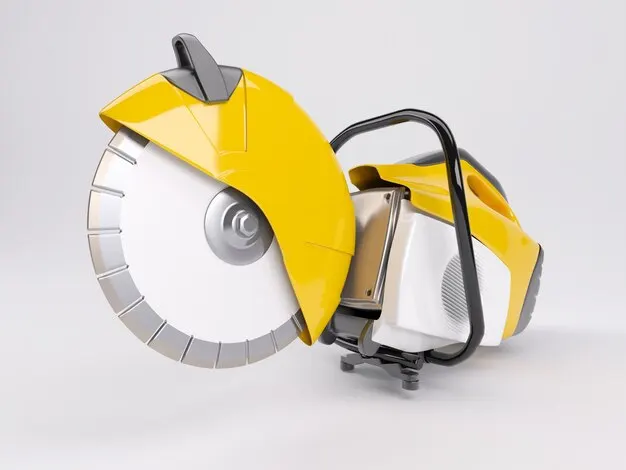
Which Types of Saws Cut Which Material?
Most power saws are versatile, which means they can be used to cut more than one type of material when using the right blade. However, there are some power saws that are specially designed to cut specific materials.
- Wood, MDF, and plywood
Most of the power saws can be used to cut wood, however circular and table saws are the best for cutting wood, MDF, and plywood. Jigsaws can also be used to cut shapes or curves into these materials. Reciprocating saws and mitre saws are also perfect for wood, MDF, and plywood.
- Metal
The best power saw for cutting metal is a table or circular saw. If you want to create shapes or curves in metals, then jigsaw is your best bet. Reciprocating saws are also good for cutting metals.
- Plastic
With the right blade, most types of saws can be used to cut plastic. As usual, jigsaw is your go-to saw for cutting curves and shapes. A table saw is one of the best saws for cutting plastics while mitre saws and reciprocating saws can also do a good job.
- Aluminum
Circular saws and table saws are the best power saws for cutting aluminum. This is because aluminum is a nonferrous metal that contains no iron hence, not all saws are suitable for it. You can also make use of reciprocating and mitre saws to cut aluminum and jigsaw to cut shapes and designs.
- Masonry
There aren’t many power saws that can be used to cut masonry, however, circular saws are one of the best saws when it comes to cutting masonry slabs like composite slabs, flat slabs, paving slabs, and others.
Now that we know which type of saw can cut which material, you’re probably wondering what factors to consider to help you choose the right saw. Let’s discuss this below.
How to Choose The Right Types of Power Saws
Materials
Before choosing the right power saw for you, you need to consider the type of material you are cutting. This is because different materials need different types of blades, techniques, and even speed. For instance, saws that can handle different levels of thickness and angles are usually the best for cutting wood. For masonry, however, you need a saw that’s capable of making smooth and precise cuts and leaving no crack or chip on the edges or surface.
Project
You also need to consider the project you intend to use the power saw to carry out. You need to factor in the required level of mobility and precision for the project. If you intend to build a console table, you need a power saw that can make straight and long cuts, and a table or circular saw is the most suitable to do this.
Options available
Last but not least, you need to consider the different options you have available. You should compare the benefits, features, advantages, and disadvantages of the power saws that are available. All power saws are not equal and some have specific advantages over others.
After choosing your power saw, the next thing is to get to work. I know you are excited to get started, but first, let’s look at some safety tips in order to prevent any potential hazards while working.
Safety Tips For Using Power Saws
- Wear safety gear
This is unarguably the most important safety precaution to take. Ensure you wear the appropriate protective gear. These are goggles to protect your eyes, a facemask to prevent you from inhaling dust, and cut-proof gloves to protect your hand from accidentally getting hurt by the saw.
- Ensure you use sharp blades to prevent cutting jams and splinters
Keep your blades sharp and replace them when they are blunt. A blunt blade can lead to cutting jams and splinters which can result in hurting you accidentally.
- Maintain safe posture and distance
Stand away from the saw’s miter slots on both sides of the blade. Keeping a safe distance means a kickback will not get to you if it happens.
- Always switch off the saw before an inspection
Switch off and unplug the saw before checking for any form of issues or carrying out routine checkups.
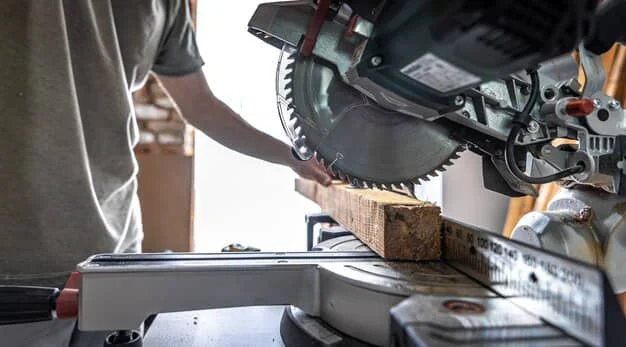
Key Takeaways
- Power saws are tools used for cutting different types of materials and are especially useful in DIY applications.
- There are different types of saws used for different materials and no matter what project you intend to undertake, VEVOR has a wide range of high-quality power saws at budget-friendly prices that you can choose for your project.
- Remember to prioritize safety when working with power saws by following safety protocols.
FAQS About The Types of Power Saws
How many power saw types are there?
There are many different power saws, however, the most popular types are circular, reciprocating, mitre, table, and jig saw.
Can I use any kind of power saw for my project?
No. Some power saws are better for a particular project than others. So make sure you know what materials you’ll be using and choose the appropriate saw for it.
What is the most popular type of power saw?
Circular saw is one of the most popular power saws and it can be used in most DIY projects.

